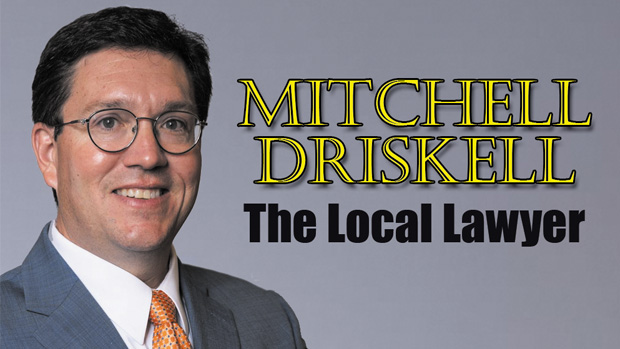
Wedding Wars Part Deux
The Supreme Court is going to review a case involving a Colorado wedding website designer’s refusal to make websites for same-sex weddings. You may be thinking that this issue has already been settled in that case involving wedding cakes for same-sex weddings. It wasn’t.
In the wedding cake case, the Supreme Court did hold that the baker could refuse to bake cakes for same-sex weddings, but the decision was very narrow and avoided the real issue.
In the cake case, Colorado officials decided that the baker’s religious objection to baking the cake was not sincere and just an excuse to be discriminatory. The Supreme Court held that the Colorado procedure for making that decision was biased against religious beliefs, that Colorado did not seriously consider his position on the issue.
The Court reversed the case telling Colorado to fix its process but never decided if refusing to bake the cake on sincere religious objection was Constitutional (or not).
Four years later we have the wedding website case on deck. The Supreme Court agreed to only consider and review the proposed First Amendment issue, whether forcing the web site owner to make same-sex wedding websites is unconstitutional coerced speech. The clash between religious belief and same-sex marriage is dodged again.
The First Amendment issue the Court will hear is the clash between protecting same-sex couples from discrimination and a person’s right to free speech, which includes silence or the refusal to speak (compelled speech).
The web site designer touts herself as an artist and claims “the government doesn’t have the power to silence or compel creative expression under the threat of punishment.” Is website design speech? Is it art? Can the government make you “say” something to prevent discrimination? Does it matter if your reason is a sincere religious belief? Will the Court dodge these issues on a technicality?
Prayer at the Fifty-Yard Line
The Supreme Court has agreed to hear a case of a high school football coach who lost his job after defying the school’s orders to stop praying at the fifty-yard line after games.
The coach, Joseph Kennedy, says his Christian beliefs require him to give thanks through prayer at the end of each game, Kennedy initially prayed alone. But, eventually, most of the team joined his after-game prayers. He was told to stop. He said no.
The first is whether his prayer (visible to students) is government speech (no First Amendment protection) or his personal speech that is protected. This is a common issue when government employees want to exercise their religious beliefs during or at work—where is their government hat off and their personal hat on?
The second is whether the establishment clause (government cannot support a particular religion) requires the school district to ban his prayers, even if the prayers are private speech entitled to protection under the First Amendment.
Kennedy argues that teachers do not shed their free speech rights at the schoolhouse gate. The school district argues that Kennedy declined the school’s offers for him to pray after games in the press box or in other places where he would not be visible to the public and students and not, as eventually occurred, surrounded by the team. The school says they are not restricting his Free Speech at all and the Bible does not say he has to pray at the 50 yard line where everyone can see him on bended knee.
I do not know Kennedy’s response to that argument, but it might be that prayer is a personal decision and that he finds paying in that ceremonial location to be more meaningful to him, where he feels the presence of God and the school has no right to direct his prayer location. He may also argue that it is important for students to see teachers exercising their religious beliefs, whatever those beliefs might be.
Here is the clash of rights—the public has a right to be free of government-endorsed religion, but the coach has the right to exercise his religion. What right wins on the fifty-yard line?
Ketanji Brown Jackson: Harvard to the High Court
Judge Jackson is a historic nomination, and let’s celebrate that aspect of her nomination. But who is she?
Daughter of a successful lawyer and school administrator, politically connected family holding numerous appointed and elected positions. High school (a good high school) debate club president who went to Harvard undergraduate then Harvard law (eight of the nine present supreme court justices went to either Harvard or Yale). She was a Supreme Court clerk, then spent a little time in private practice before being appointed to a federal position. She worked inside the government, in DC, until she was appointed by President Obama to be a DC federal judge and then moved up to the DC Court of Appeals, which is commonly called the Little Supreme Court (Roberts, Thomas, Kavanaugh, RGB, and Scalia came from the DC COA). Let’s celebrate the historic nomination but understand that she is another ivy-league educated, Washington insider installed at the very top of our government.
Mitchell Driskell has been an Oxford lawyer for twenty-one years. He practices criminal law, family law, business transactions, and civil litigation. Email him mdriskell@danielcoker.com. Follow on Instagram @mdriskell, twitter @MODIIItweets, TikTok @DriskellLaw and on Facebook.



